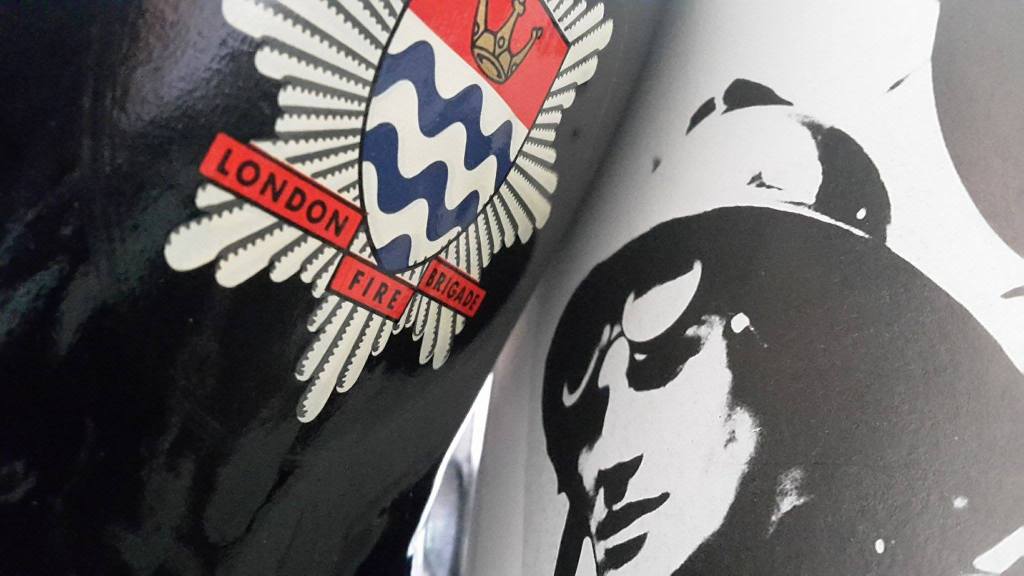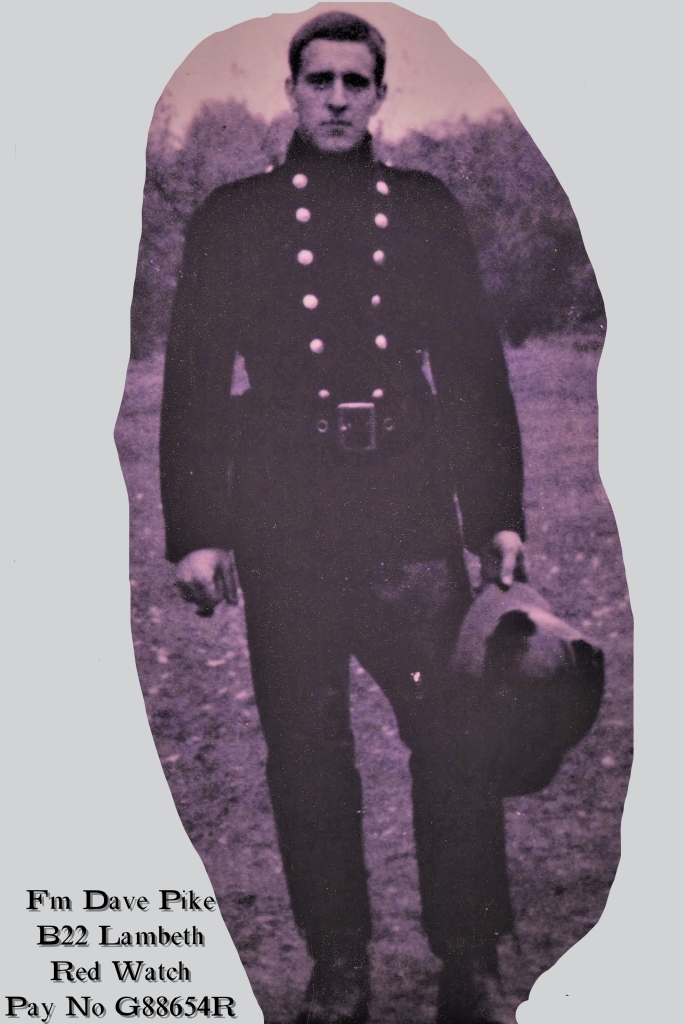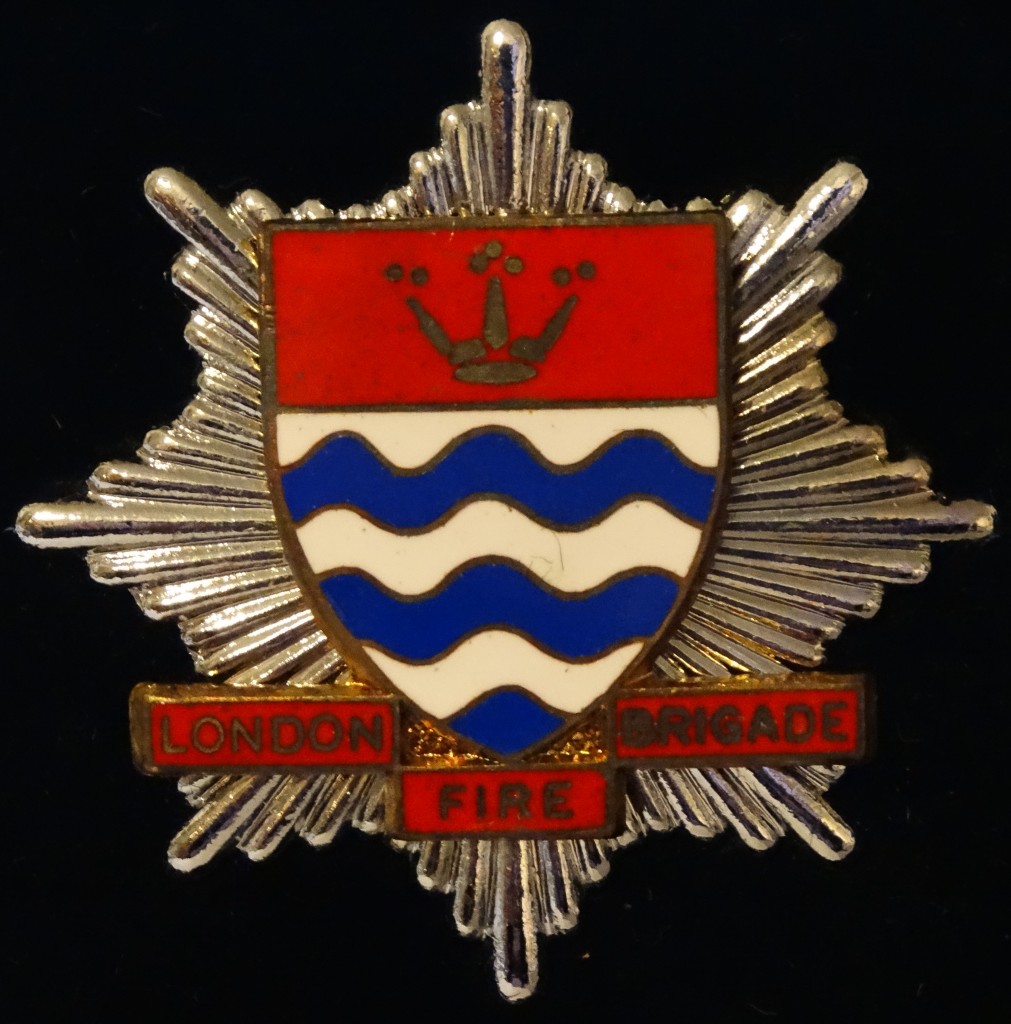If there is one event that unites firemen, regardless of whether they are a retired fireman or one of today’s firefighters (perhaps something we would much prefer didn’t unite us) then at the top of a very short list would be that first fatal fire. You would have to be someone very special if the sad details of that happening were not permanently etched in your brain. I know mine are, some fifty-seven years after that particular ‘shout’.
I was a mere probationer on Lambeth’s Red Watch. I got an occasional ride on the pump but most duties I’m riding the back of the PE and slowly gaining in confidence as the ‘shouts’ mount up. Our Station Officer, Don Brown, had returned from extended sick leave after he was hit over the head with a beer bottle at a shout on Brixton’s ground on New Year’s Eve. Its 1967 and I’m eighteen. The guvnor’s return sparks a noticeable rise in our working jobs, much to the dismay of some who think he should go off sick again.

What I would later call ‘bread and butter’ jobs, the numerious fires in surrounding LCC built council flats and derelict buildings were a probationers dream. Those tasked to keep me under their wing cared about the ‘job’ and were bloody good role models. Their language might have been ripe at times but I was learning on the job and although you hoped you were doing the right thing at the right time their supervision ensured, 98% of the time, it was. The everyday hosereel jobs, the noxious stink of smoke, red and sore eyes whilst coughing up soot, and with snot down the front of your tunic, were all part of the everyday mix. If you were lucky enough, a wink or a nod indicated ‘well done boy’. The Red Watch names I can recall with clarity. A couple of the jobs, in those first six months, stand out but (just after I past my six-monthly probation) the events of that day remain crystal clear.
It’s a day duty. A couple of the White Watch had already come onto the station and given the nod to the on-duty guys so that they can shoot off at five p.m with a mutual exchange. But there would be no mutual exchanges that day. The call was to a fire in a flat in Kennington Road. SE1. Lambeth’s pump-escape (PE); pump(P); and turntable ladder(TL) turn out and Southwark’s P makes up the initial attendance. Eric Burns, now out of his probation, and I are in the back of the PE. Both wearing the hook belts, Eric grabs the hydrant location book and shouts out the location to Dick Richardson our Sub Officer in charge of the PE. As we head down Black Prince Road we hear Lambeth control summoning our pump telling them additional calls have been received. They are send on Southwark’s PE additionally.

Even as a sprog I was beginning to tell the difference from the smell of one smoke from another. Turning into Kennington Road we could smell the smoke from the fire. Dick Richardson remained as a cool as ever, without turning around he told us we have a ‘job’. As we drew closer to Wedgewood House, a series of former London County Council 5 storey flats, opposite the Imperial War Museum gardens, there was a distinct smell of burning mattresses. The smell got to you every time. Smoke you could almost taste. A smell was just a prelude for what was awaiting for us. A scene of utter despair.
The desperate screaming of the young mother coming from the second floor flat balcony echo around the enclosed courtyard. They were sights and sounds that generations of London firemen had confronted before me, different settings, different locations, but the anguished heartache sounding exactly the same. For me this was all new. A situation where that poor woman put her total faith in us to save her children. Dick Richardson had already seen the oily brown smoke forcing its way around the window frames facing Kennington Road. As Lambeth’s machines drove into the courtyard, Dick jumped down from the engine before it stopped and was gone.

As we jumped down from the PE we saw the woman being held back by a neighbour, her screams still filling our ears near the open flat door. Even before the guvnor got down he sent the message “make pumps four-persons reported.” Dick, meanwhile, had raced to the second floor. Teddy Walsh was the Leading Hand on the TL and one of pump crew grabbed Proto breathing apparatus sets, slung them over their heads and turning them on as they ran. Their mouthpieces were put their mouths unsecured. They were not the only ones running. The three drivers were feeding out hose, putting the pump’s tank of water into the PE’s whilst Charlie Watson, the long standing TL driver and senior hand, was heading to the hydrant with a standpipe, key and bar. Despite his years of experience Dick was unable to force himself into the hallway without BA. He shouted down to the guvnor; “need two more up here in BA, the kids are at the back of the flat.” There was furious and intense activity all around me. Activity I would become all too familiar with whenever lives were involved in a fire.

George Newton was Southwark’s guvnor. He arrived as we had got the hose pulled up, by line, to the flat. He heard Dick’s call and had his BA crew heading in as he grabbed Eric and I. “Get an extension ladder around the back quick.” With someone from Southwark’s crew we did just that. The pitch was not hard and the brittle glazing smashed as soon as the top of the ladder touched the blackened window. The pent up heat and smoke rose up the side of the flats.
As we climbed, with Eric leading and a hosereel jet with us, the windows of an adjoining room were opened by a BA fireman and more heat and smoke escaped from the flat. At the window Eric cleared away the broken glazing but our entry into the room was momentarily halted because of the hot gases and smoke still forcing its way out. But the needs of the children proved too much for Eric and he forced himself through the window. I followed not knowing what to expect!

For a few seconds we were both disorientated. We had half stepped, half fallen onto the room across a bed. The room was a charred shell. The BA crew had hit the ceiling with jet at some point and plaster covered every surface, including the bed. Nothing in that had not been severely burned. The heat was still radiating from the walls, the steam mixing with the smoke. We managed to kneel and then stand. As our eyes adjusted to obscured scene we noticed the strange, inter-twinned, shape under fallen plaster on the bed we had just crawled over. Moving closer we looked on in dismay before fully realising what we had just discovered. The charred remains of the siblings, locked together in an embrace of death.
We were mere make-weights now as the two guvnors conferred with Mr Samler-the B Division Red Watch Assistant Divisional Officer (ADO) who had arrived from the Clapham HQ. Dick was old school and the escape was got away and we were headed back to the station. We drove back in silence. Dick Richardson said, when we arrived, we would talk about the shout on the next shift. (I can’t recall if we ever did?)
We got back to the station well after 1800 and into the evening shift. The White Watch were usually subdued, none of their normal banter, as we hung our kit up in the gear room. The only words spoken were to book out in the watchroom. I caught my train home from Waterloo. That night, in the privacy of my bedroom, the emotion came out as tears flowed for those two little innocents.
